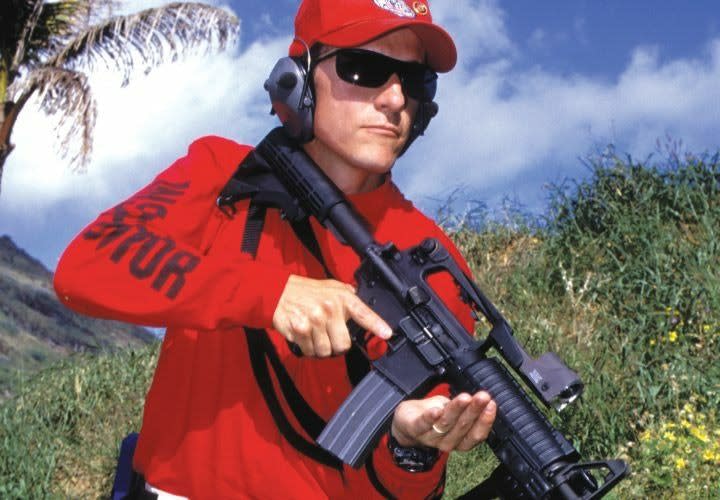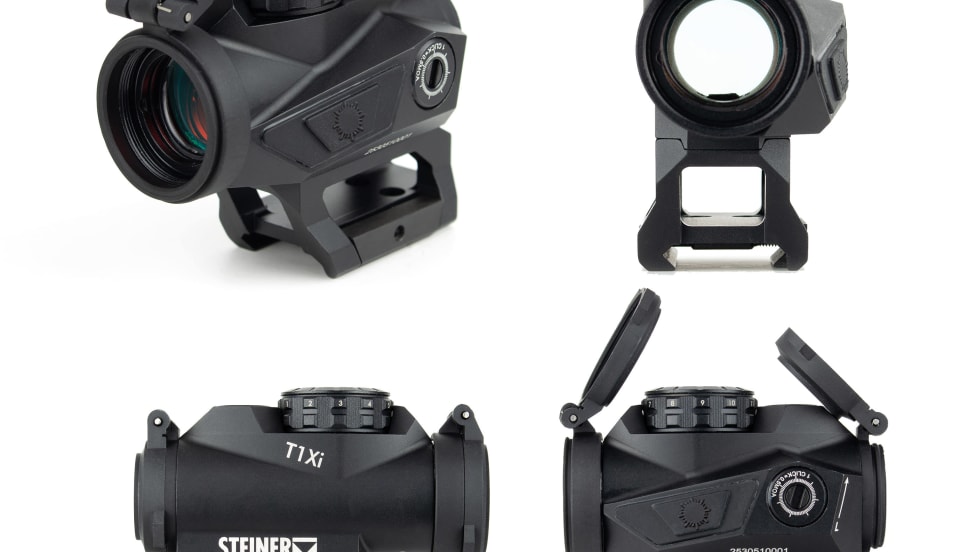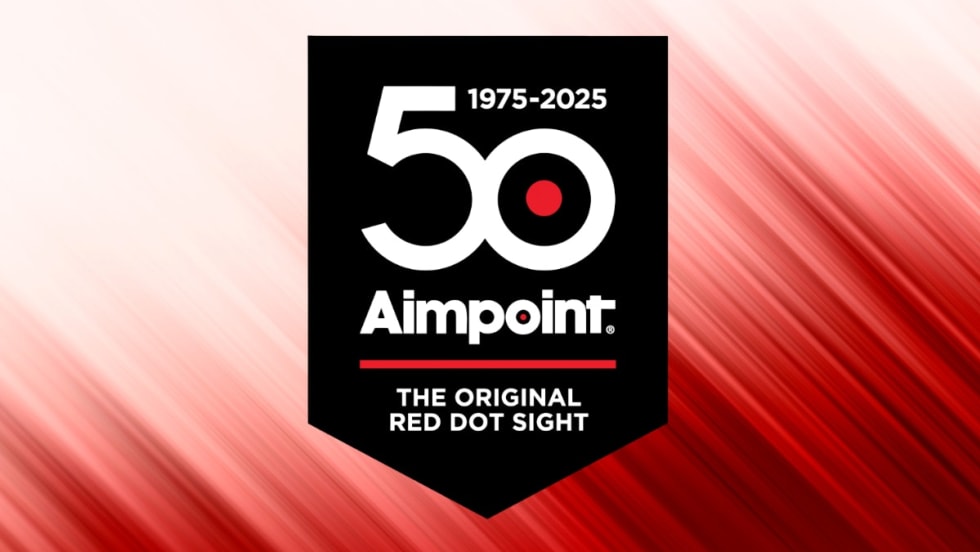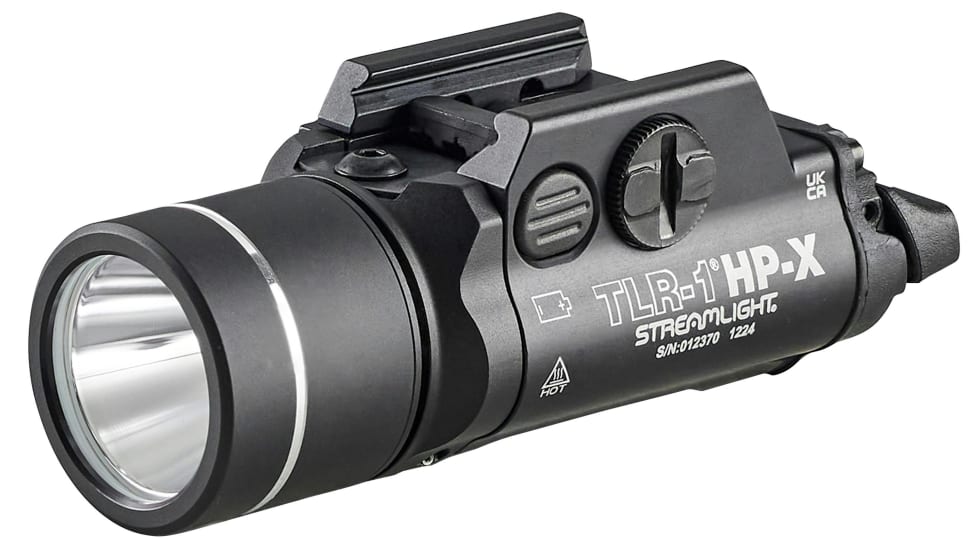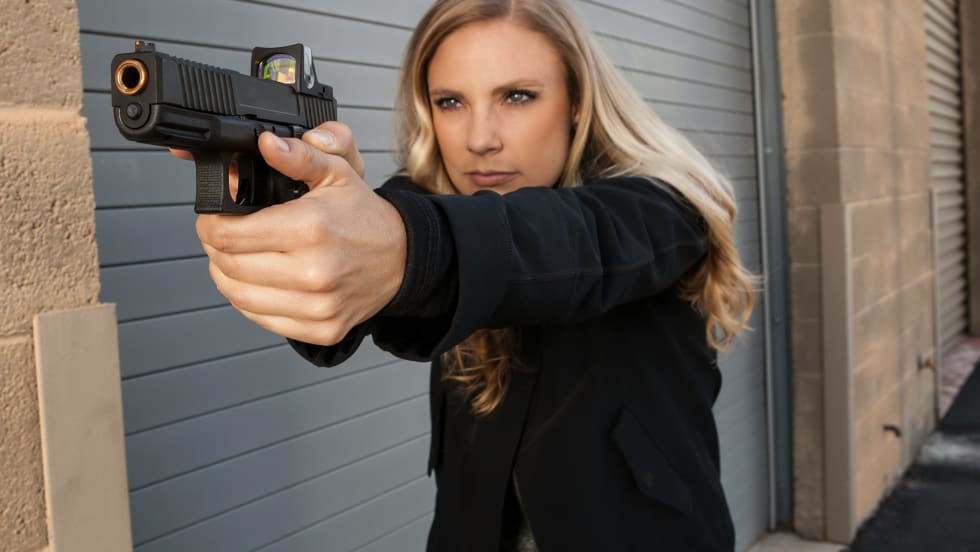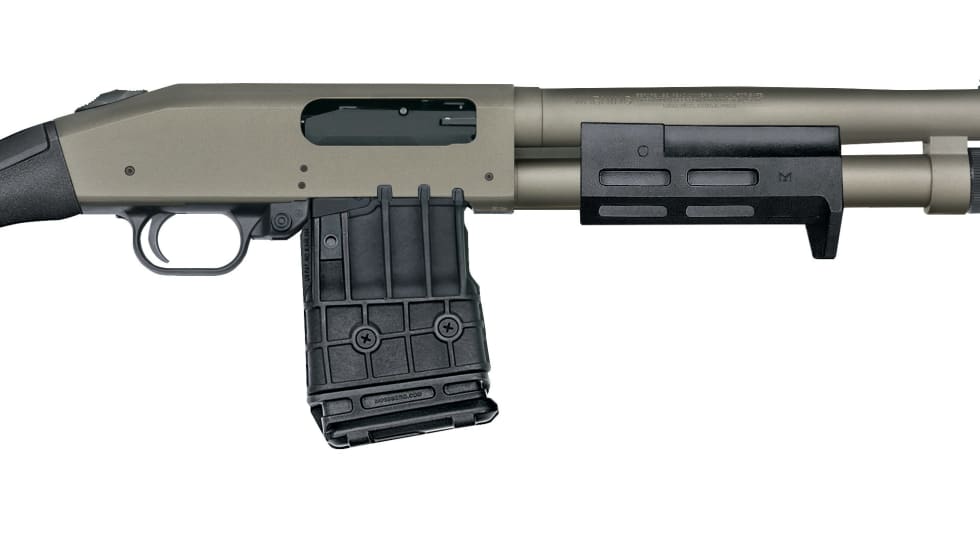"Training is cheap insurance," says Robert Jaeger, a firearms instructor who heads up the Honolulu PD's outdoor shooting range facility, which, as you might imagine, sits amid an extinct and picturesque volcano crater, complete with an ocean view.
"I wanted to get the NRA in here because I've been through their courses in the past, and I think that they have a lot to offer," Jaeger says. "You can't beat the cost of the training. It's about half of what other folks charge," adds the perpetually smiling Jaeger, who took part in both the handgun/shotgun and patrol rifle instructor courses.
All kidding about mai tais and hula dancers aside, training is just as important for the Honolulu PD as it is for the cops of any other major American city. Hawaii isn't a hotbed of criminal activity, but the state's cops have their fair share of enforcement woes. Vehicle theft, property crime, and drug-related offenses are common, just like they are in many cities on the mainland.
Weighing in with nearly 2,000 officers, the Honolulu PD is responsible for law enforcement on Oahu-the state's most populated island. That's a jurisdiction that includes 900,000 permanent inhabitants-not counting the nearly yearlong influx of tourists-and encompasses Hawaii's capital city of Honolulu and Pearl Harbor, the military command center of the Pacific and one of the world's largest military bases.
Advanced firearms training is something that the Honolulu PD is taking more and more seriously. "After our recruits get out of the academy, they're placed with a field training officer for another four to five months," says Jaeger. Additionally, all Honolulu patrol officers annually attend a three-day training refresher course, which covers subjects like firearms, CPR, pathogen protection, and hazmat incidents.


